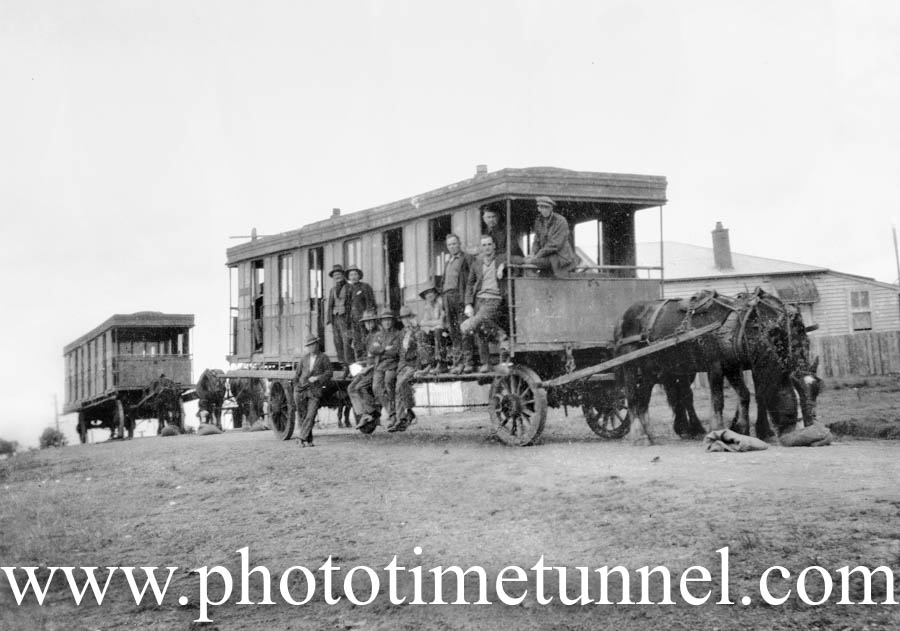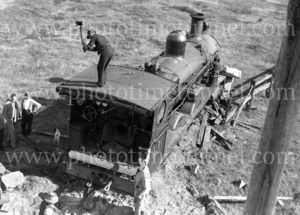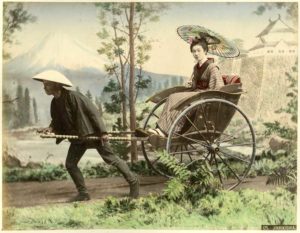DURING the Great Depression hundreds of Hunter people lived in makeshift humpies cobbled together from whatever materials their owners could scrounge. Some of the camps were Nobbys Camp near Horseshoe Beach, “Texas” in Carrington, “Hollywood” (also known as “Doggyville”) at Jesmond, “Coral Trees” in Stockton and Platt’s Estate and “Tram Car” at Waratah.
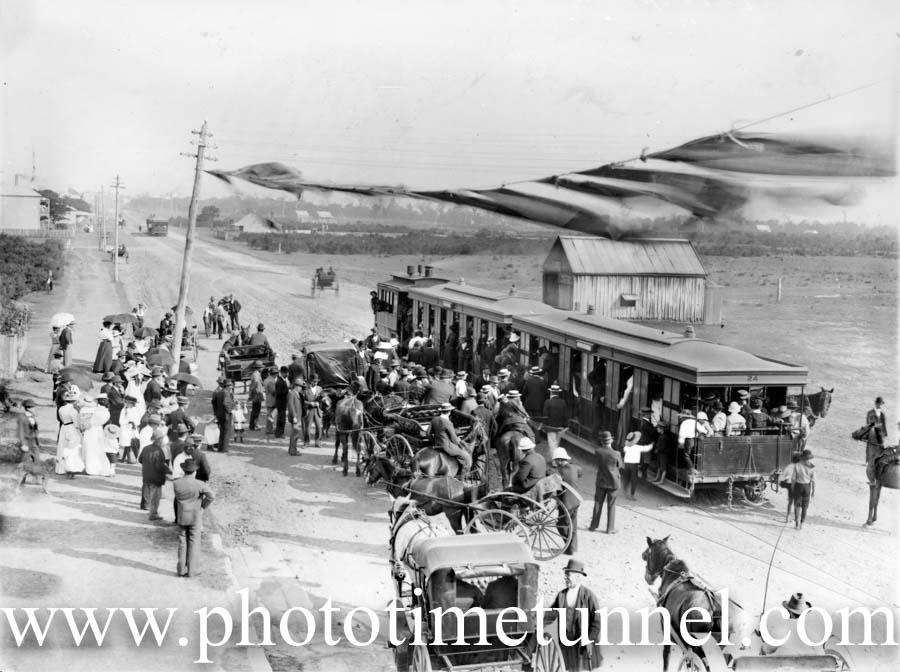
Thirty years later the trail cars became housing for unemployed men.
According to researcher and author Dulcie Hartley, writing in her book The Hungry Thirties, Tram Car camp housed 17 men in four tram cars.
The pictures below show the birth of Tram Car camp. These photographs were among a collection of pictures gathered by the late Ken Magor. They were taken by former Newcastle Sun journalist C.K. (Charlie) Thompson, a well-known Waratah identity, author and amateur photographer, and were accompanied by a letter giving Mr Magor the background to the pictures.
“It was during the 1929-32 depression and before all the Newcastle district councils were amalgamated,” Mr Thompson wrote. “I’m pretty sure that Sid Webb was Mayor of Waratah at the time. Waratah Council secured several old steam tram cars from the dept and hauled them to the bush at Waratah, gutted them and furnished them as homes for single male destitutes. The work was done by members of the Waratah-Mayfield Unemployed Association, and all the blokes in the snapshots were members of that association.”
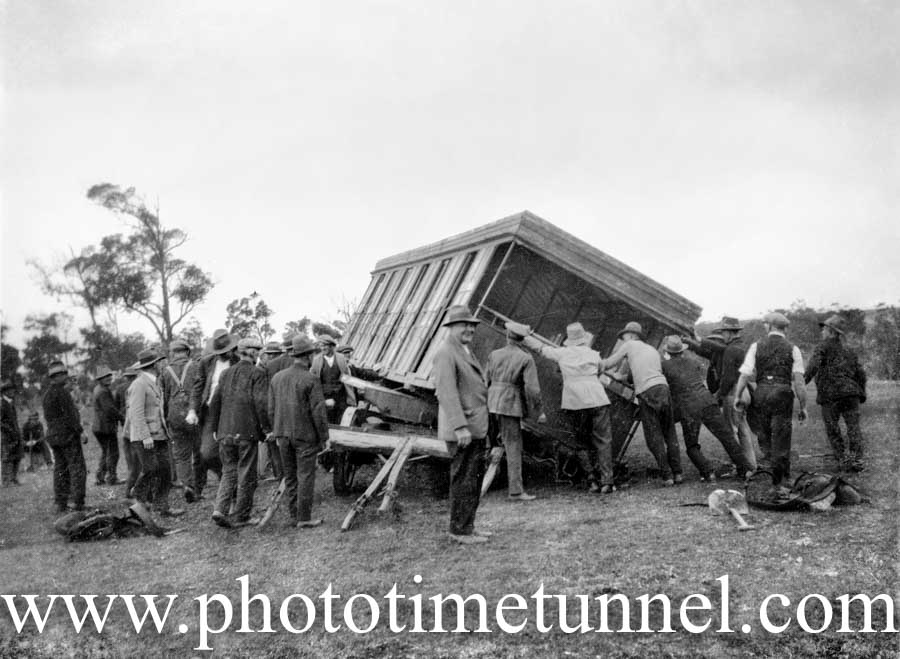
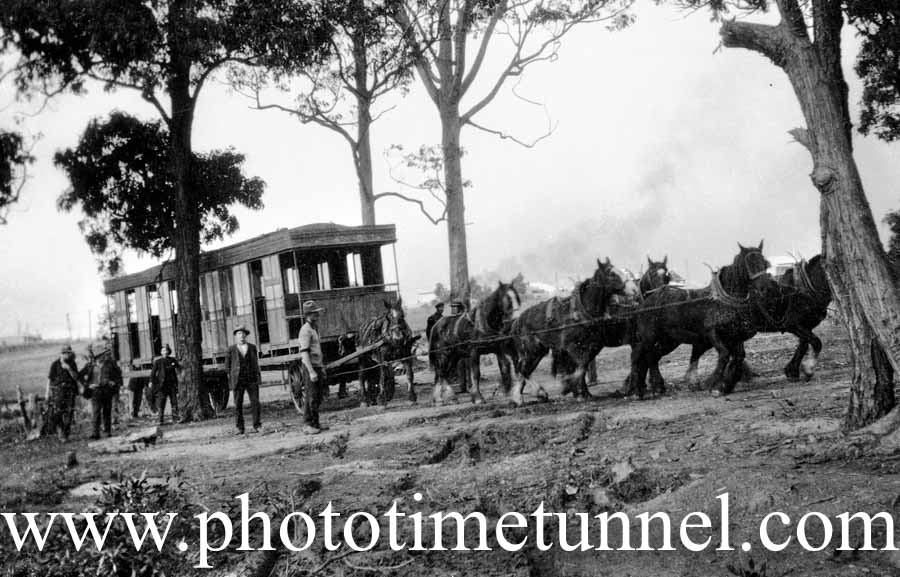
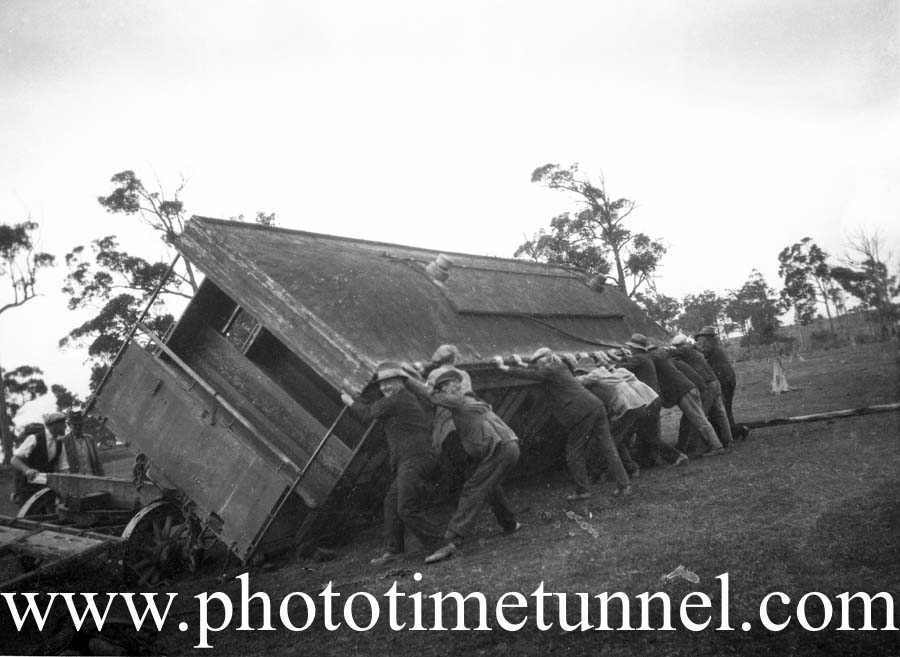
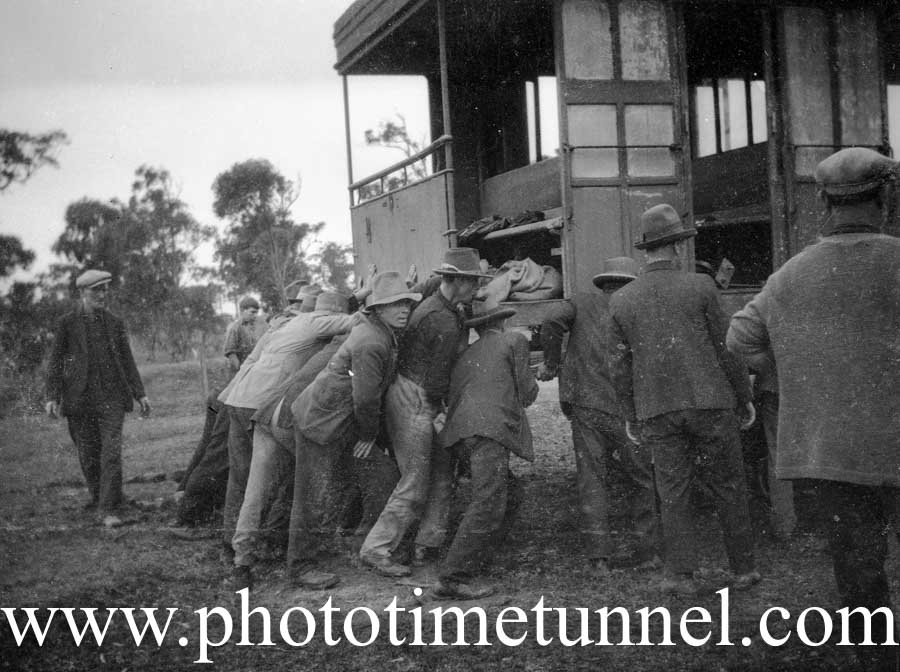
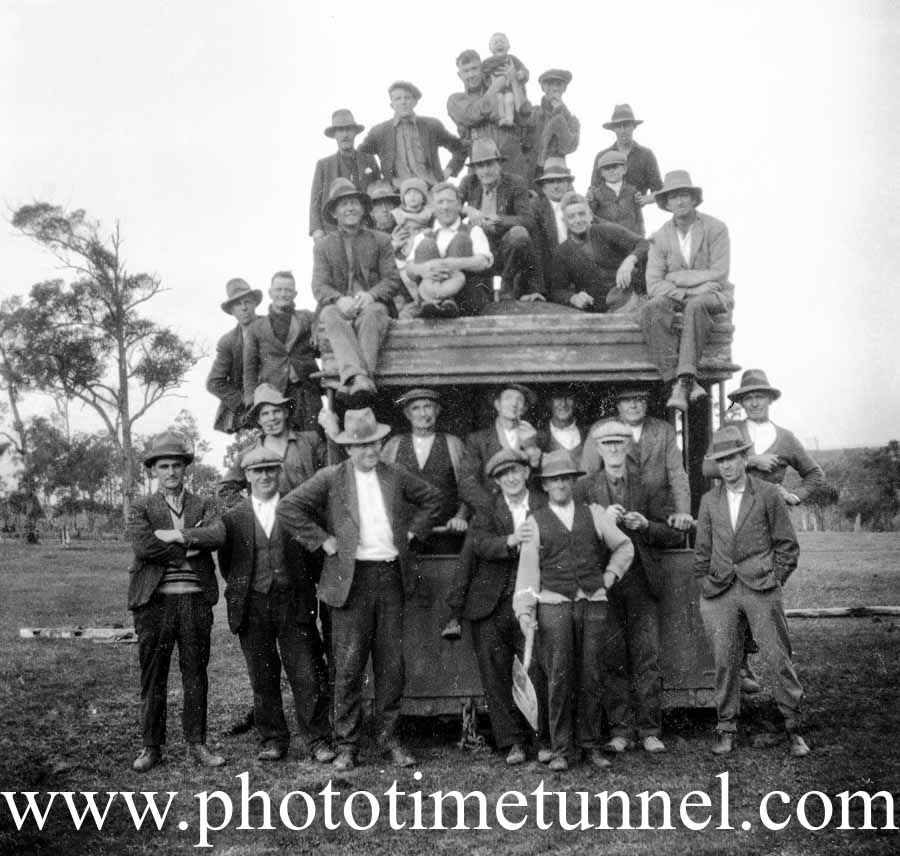
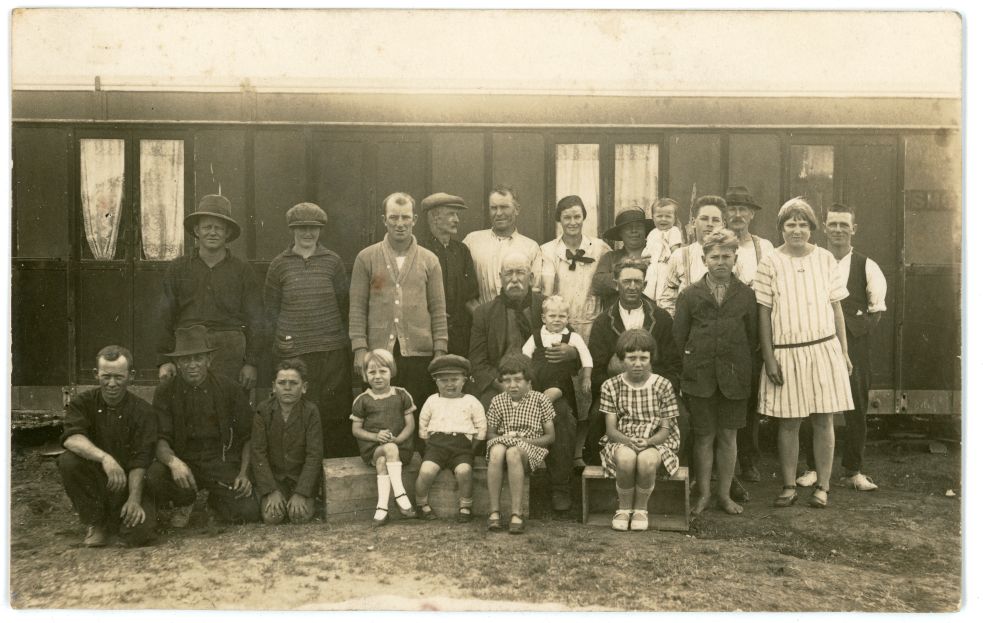
A story about the tramcars and Tramcar camp appears in our book, Travelling Through Time.
A post about another Depression settlement, alongside the Hunter River, can be found here.

